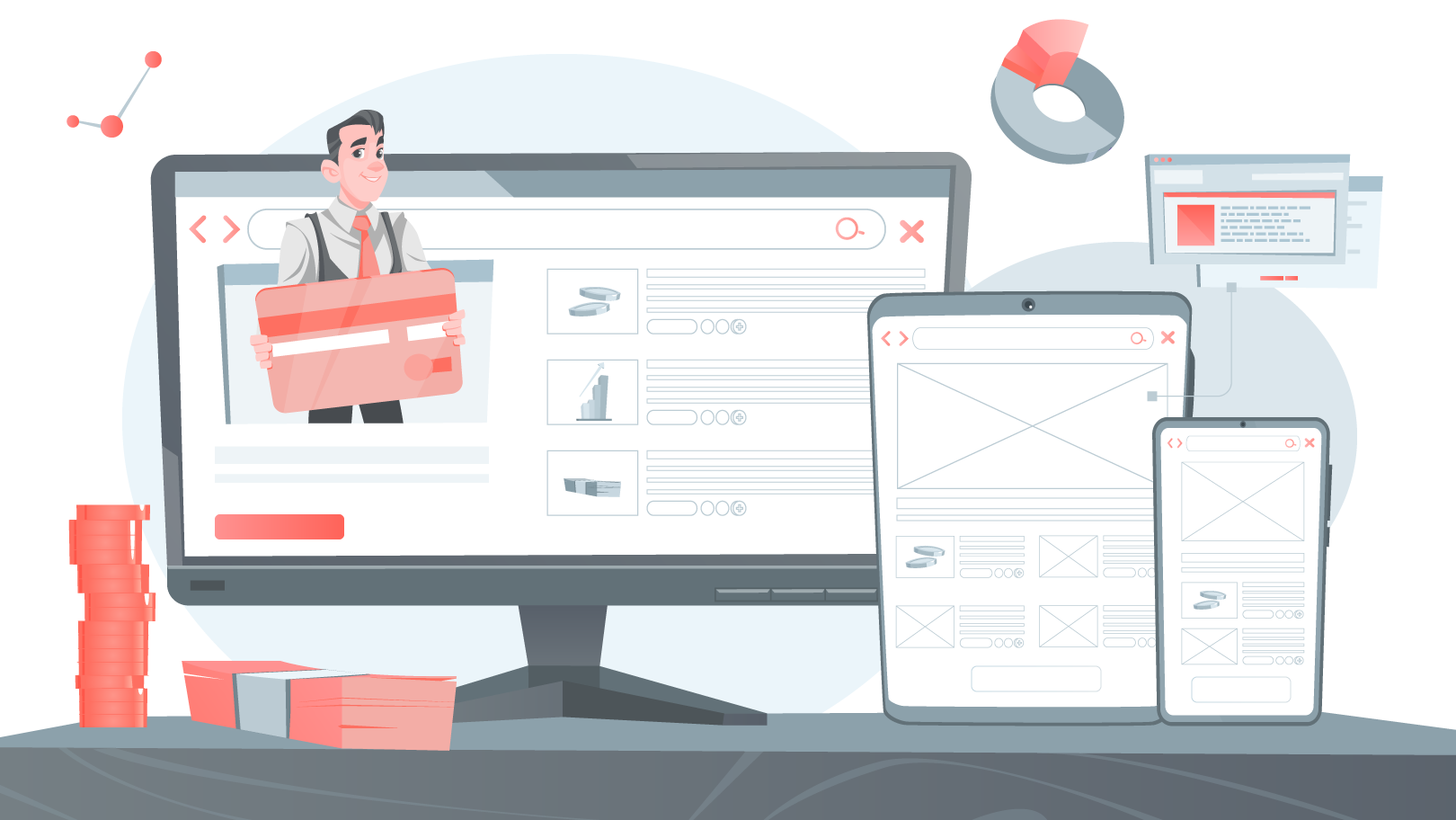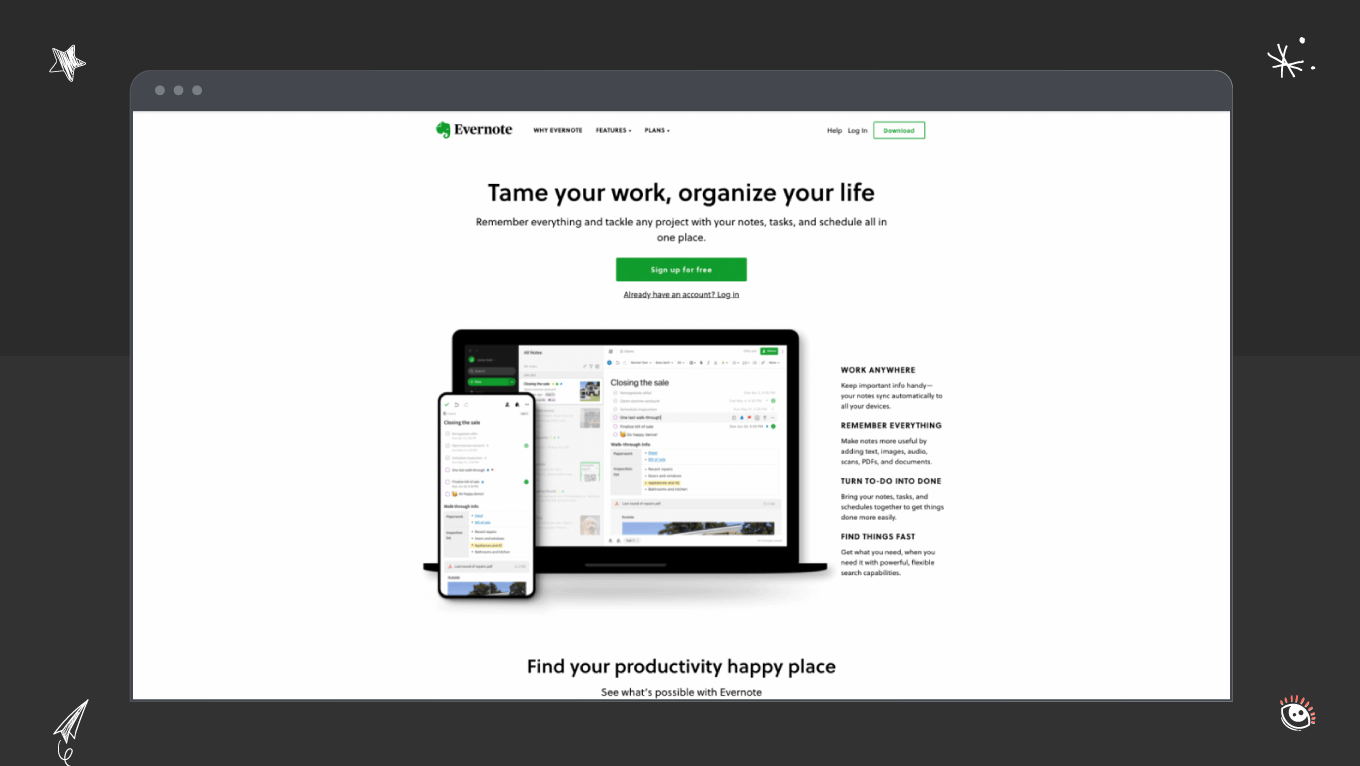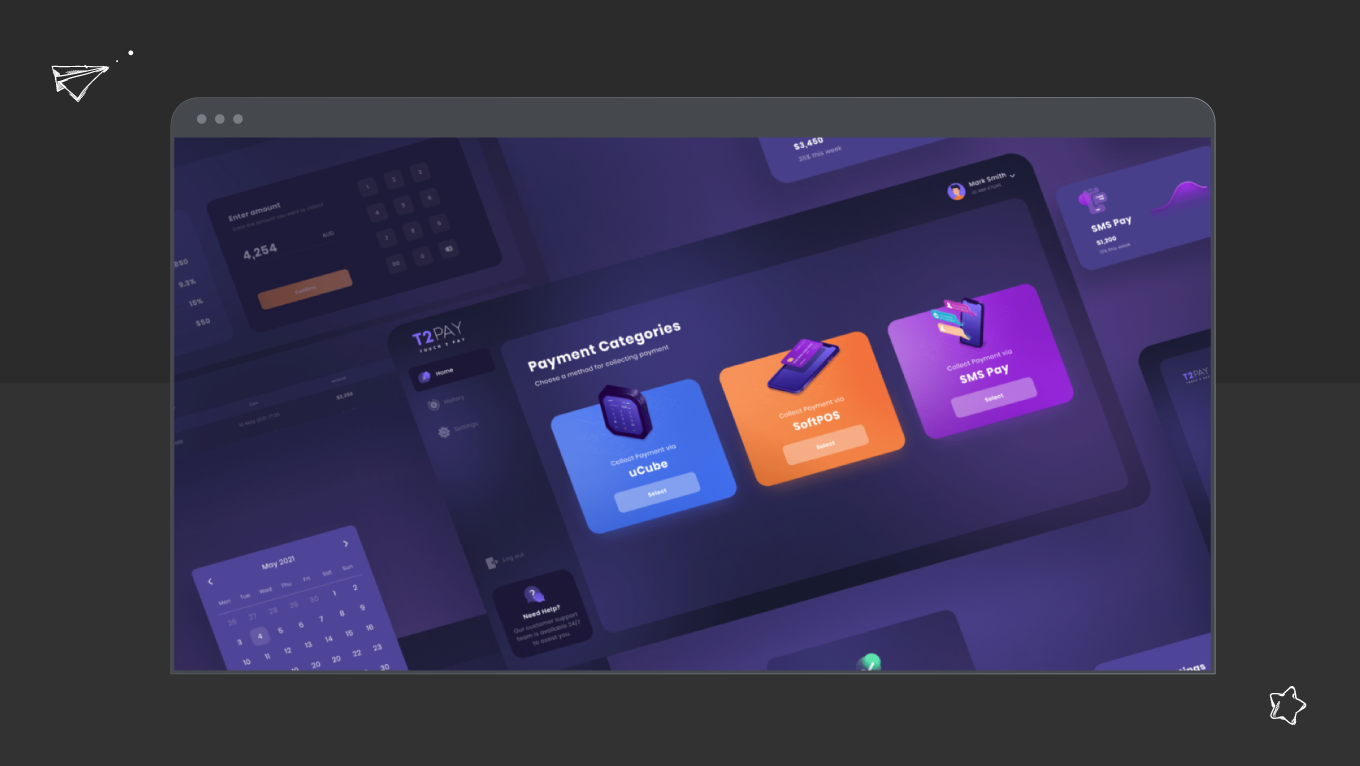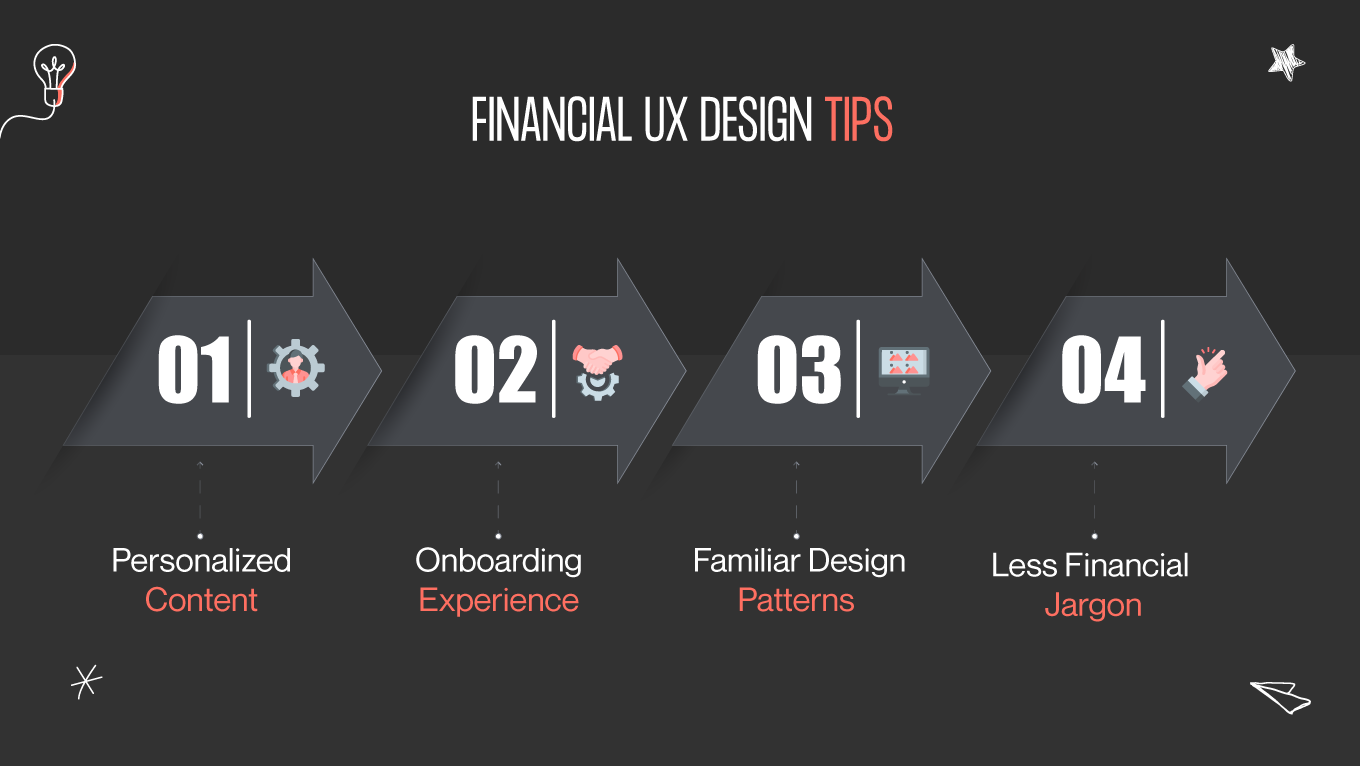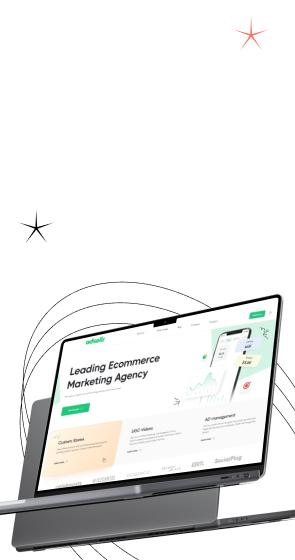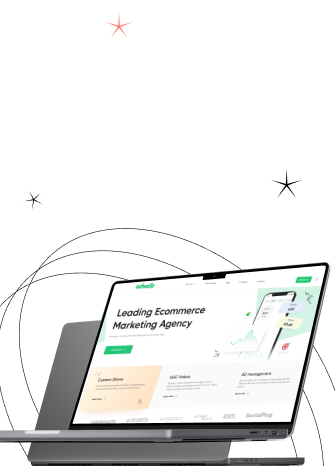Today, the financial landscape is evolving rapidly, driven by a dynamic blend of technological innovation and shifting consumer expectations. In this new era, user experience (UX) emerges as the epitome of success for financial service providers. About a quarter of the global economy is thought to be made up of the financial services industry. As traditional brick-and-mortar institutions have given way to sleek, user-friendly digital platforms, the focus has shifted towards enhancing the customer experience like never before. This article delves into the multifaceted world of UX design financial services, exploring how it empowers individuals, fosters trust, and redefines how we manage our finances.

